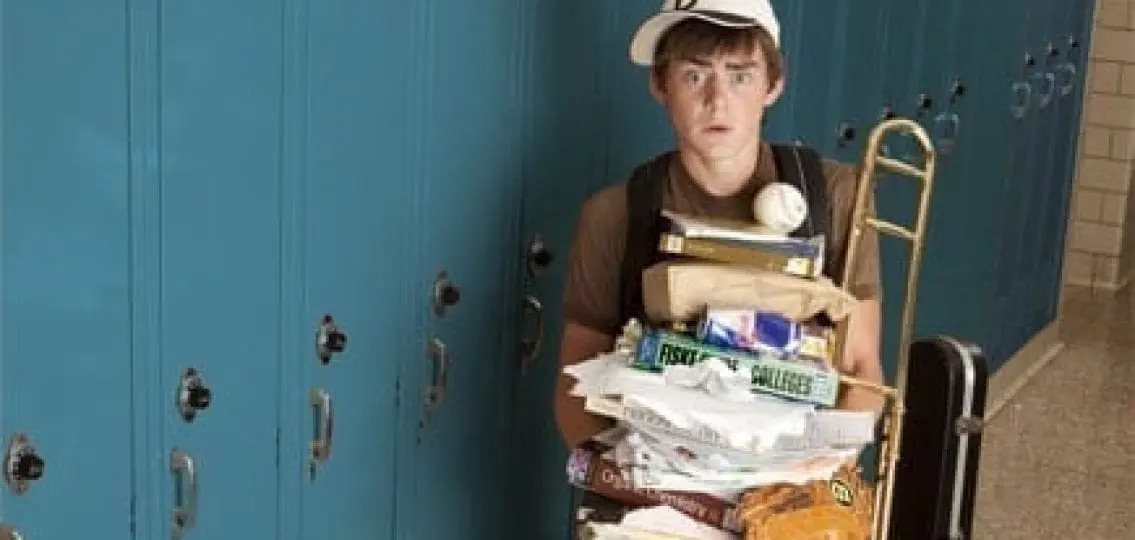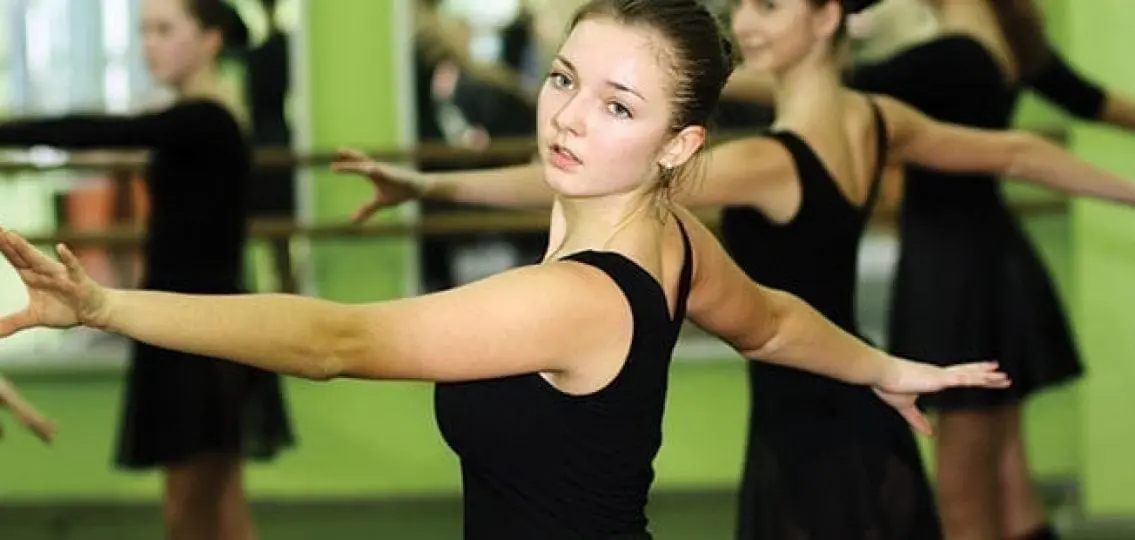Regrets—I’ve had a few. There were many childhood activities I eventually let go. But the one I’m most sorry I didn’t stick with is dance. My weekly ballet classes, punctuated by Saturday morning dance-a-thons in front of a mirror while watching “Soul Train,” were the highlight of my week.

Now, I wistfully watch graceful dancers perform and wish I had stuck with the dance lessons instead of dropping them when they felt like a burden that cramped my social life.
Early morning and late afternoon practices shape the lives of many families and govern their calendars. But here’s the irony: By the time they get to college, some students feel burned out by the very passion that may have helped them gain admission. They donate their dance shoes. They stash the trumpet in the closet. Or they ditch the sport that once dominated every spring or fall weekend.
What to do when your child has poured blood, sweat, and tears—not to mention your hard-earned dollars—into an activity, only to think of abandoning it?
Extracurricular Activities in College
There are some good ways that they can continue nurturing their passion.
They don’t have to give it up completely. “Often, after years of pressure, students feel a need to find other ways to get involved at a much lower level of commitment,” acknowledges Cecilia Castellano, vice provost for strategic enrollment planning at Bowling Green State University.
“You can still pursue what you love in college even if you decide you want to try other things.”
To dial it down—but stay involved—Castellano advises taking college courses related to the teen’s passion, joining clubs, or trying intramural sports.
[adrotate banner=”31″] Colleges offer myriad opportunities for interested students, which can make those years a logical time to try new things. But continuing with a beloved activity or sport can ease the transition to a new school. It can help students feel more instantly connected. It’s also a great way to meet kids with similar interests.
“My daughter participated in many things in middle school but fell in love with color guard in high school,” says DC Stanfa. Stanfa’s daughter continued on with color guard through college. Now 25 and working as a teacher, she still makes time to coach a high school color guard team. “It became a lifelong passion for her,” says Stanfa.
“Students can take tremendous comfort in staying connected to familiar activities and interests, given that there is so much uncertainty baked into the transition to college,” says Lisa Damour, psychologist and author of Under Pressure: Confronting the Epidemic of Stress and Anxiety in Girls.
In this way, a childhood passion can offer continuing stability.
“When college students are living in a new place, meeting all new people, and pursuing new interests, they can welcome the long-known rhythms of playing their instrument, practicing the same soccer drills they learned in high school, or refining their long-developed skills as a dancer,” says Damour.

Perhaps instead of playing their instrument, your student may want to learn to sing or explore musical theater instead.
“Students who don’t find what they are looking for might join classmates with similar interests to develop a new club or program,” adds Damour.

While I regretted giving up dance, we all know that sometimes it’s the parent who misses the activity, not the child. So, if your child is truly ready to hang up their cleats, don’t pout. Gently encourage them to find other ways to nourish what they once loved about their activity. And cheer them on when they try something new. That’s what college is all about.




